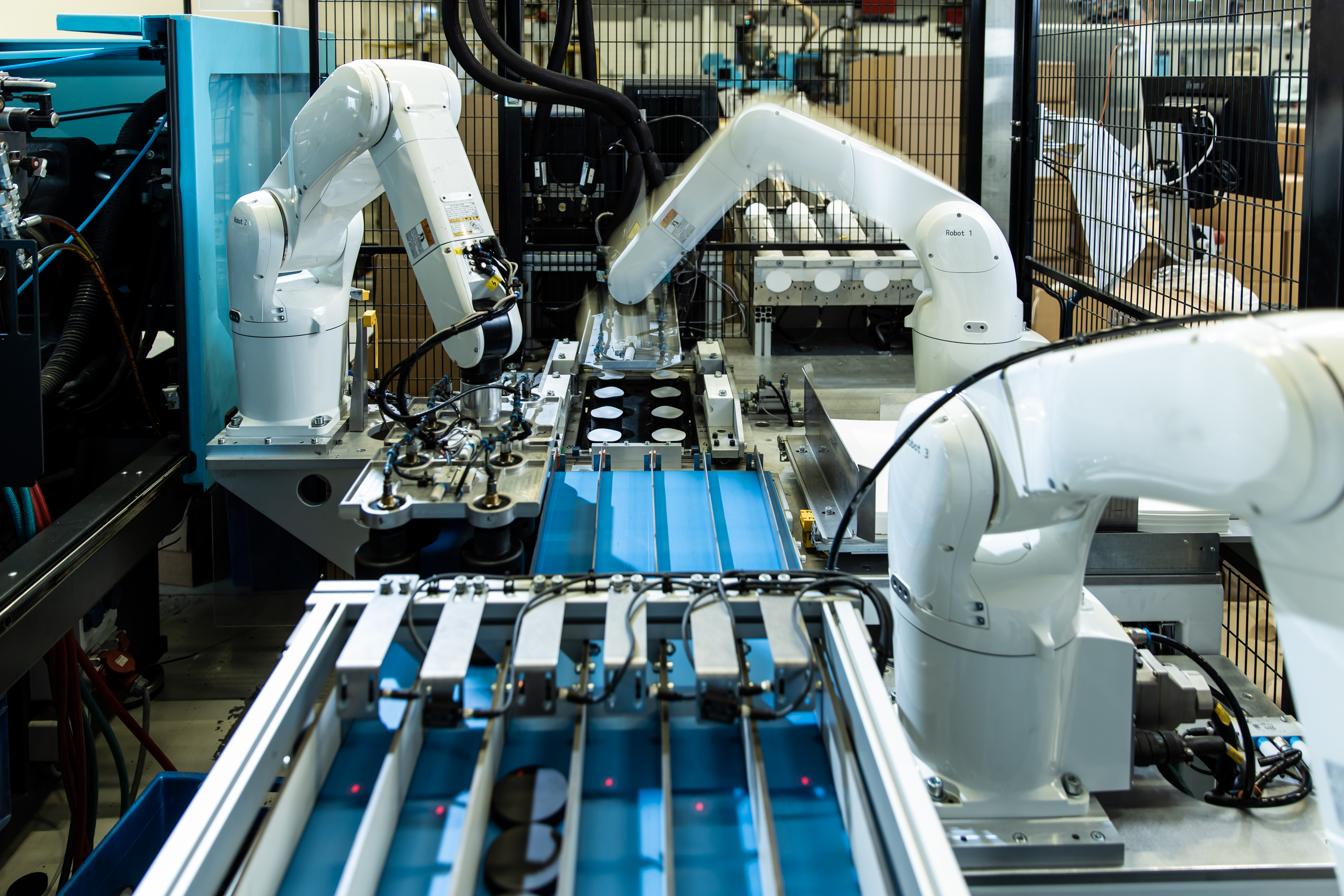Every item of packaging follows its own path during development, ultimately to be unique.
01 februari 2022
Every item of packaging follows its own path during development, ultimately to be unique.
01 februari 2022
My name is Lars and I have been working as a Product Development Engineer at Teamplast since 2018.
We enjoy the challenge of realising packaging by making as few compromises as possible. This not only helps us to achieve what the customer has in mind, but also enables us to exceed expectations!
Thanks to our broad knowledge of injection moulding technology and the associated automation, we also see possible improvements and opportunities. As a result, we are able to provide our customers with the best possible advice. It is up to us to guide them through the entire process, right up to the filling line. This will result in achieving the best solutions together.


The shape of a packaging item can ultimately impact significantly on the entire chain. Take a look at shipping, for example. The shape determines the actual number of products that can be placed in a certain space, such as in a box or on a pallet. The logical consequence of using the most optimal shape is that fewer logistical movements are required, resulting in a reduction of CO2 emissions.
And that is precisely what we all want!
We contribute to a better world by making conscious choices with our packaging, which results in having a positive impact on the environment. We are also able to achieve extreme savings by looking closely at the actual design.
A small adjustment can make a huge difference!
When designing a new item of packaging, I always consider the weight and try to keep this as low as possible. A completely new product provides a fresh start, because it means we can develop the optimal packaging from the very beginning. However, I also see that in existing packaging there are opportunities to save materials in practically every situation. We always try to have a balanced approach, so that material reduction is never at the expense of quality and functionality.
We can divide the design and production process into various phases. I want to explain to you in detail the seven phases. During the explanation, we make the transition from theory to actual practice. This component is essential and always requires extra attention. What has been thought out and reasoned digitally can always turn out differently in practice. This can sometimes bring additional challenges, but a challenge exists because there is always a solution!

The start-up phase is the first step. During this phase we determine the customer’s wishes, but sometimes also where a particular problem exists. The more complex the issue, the more the seven phases are adhered to. This inventory results in a plan of action, which we then present to our customer.
During the analysis phase, we analyse and work out the plan of action in more detail. This results in a package of requirements that our design must meet and we also map out the customer’s vision in more depth. We also take into account certain legislation and regulations in this phase, such as Food Contact Approval for packaging of food products.
During the third phase, we develop the idea. Solutions are devised for any problems that may arise and the foundation is laid for the possible design. This includes making an estimate of the feasibility and possible lead time of the project.
During the concept phase, a number of variations on the idea are worked out. The workings of various concepts can be validated by means of prototypes. In many of the cases, we create a 3D printed model of the prototype. After completing these phases, we are able to make a product proposal in outline. Choices are made on the basis of the concept variations and ultimately one item of packaging is worked out in detail. We map out the final modifications in the area of logos or suitable fit between various components.
And then we can really get started with the realisation!
The moulds are drawn, the corresponding construction assessed and finally built by a local partner. We assess the degree of automation needed to add reliability to the production process. Any quality checks that are necessary at critical points can also be integrated here.
It goes without saying that it takes a while before you get your hands on a finished product. But after the test moulding, this is the first time that a product rolls out of the machine. This pilot run is extensively tested to ensure that the packaging actually complies with the requirements.
Once the customer has given final approval, production can begin!
In many cases, the adventure does not stop here for us, because we like to take care of a customer right up to the filling line. This means that we are also thinking about the steps that our packaging will take afterwards and how we can contribute to optimising coordination.
Would you also like to know what we can do for your product?
Just get in touch with me and I will be happy discuss the possibilities.